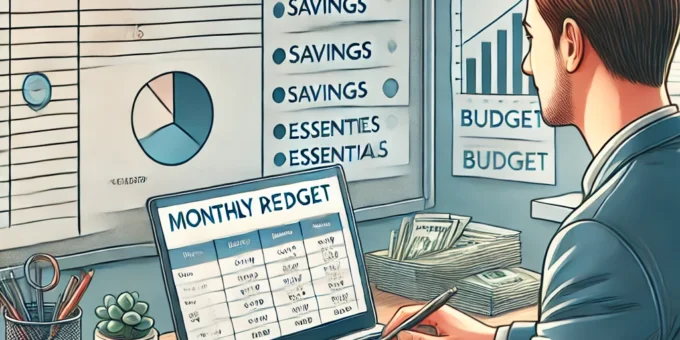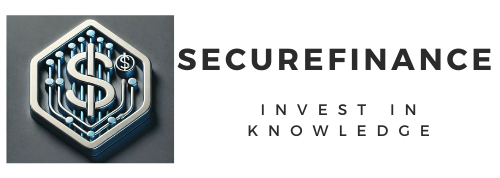
Understanding the terms and types of loans you have is the first step to managing repayments effectively. Whether you’re dealing with student loans, mortgages, personal loans, or credit card debt, each has different repayment structures, interest rates, and impacts on your budget. For instance, credit cards often have higher interest rates compared to secured loans like mortgages. Knowing the specifics of each loan allows you to prioritize and approach repayments logically, setting you up for financial success.
Creating a Clear Financial Overview
Before diving into repayment strategies, assess your overall financial situation. Start by listing your monthly income, regular expenses, and all outstanding debts. This approach helps identify the amount of discretionary income available for loan repayments and avoids unplanned expenses. Visualizing your financial commitments helps ensure you’re not committing more than you can afford, preventing debt accumulation.
Developing a Loan Repayment Plan
Once you understand your financial picture, it’s time to create a repayment plan. Begin by prioritizing your loans—focus on high-interest debts, as they add the most to your financial burden over time. Set achievable goals for each loan, such as paying a specific percentage of the principal each month or quarter. Breaking down goals into smaller steps can make repayment less daunting and keeps you motivated to see progress.
Importance of a Realistic Budget
A budget is a cornerstone of effective loan management. To create one, list your essential monthly expenses, loan repayments, and savings goals. Dedicate a portion of your income specifically for loan payments, ensuring that this portion is manageable within your budget. It’s crucial that this budget is realistic—if it’s too restrictive, you risk deviating from the plan, whereas a feasible budget supports consistent progress.
Using the Debt Snowball and Avalanche Methods
The Debt Snowball Method involves paying off your smallest debts first, which can offer psychological motivation as you see loans disappear. The Debt Avalanche Method, on the other hand, focuses on paying high-interest loans first, reducing the overall interest paid. Choose a method based on your preference—if seeing quick wins motivates you, the Snowball Method may work best. If minimizing long-term costs is your priority, the Avalanche Method may be more suitable.
Avoiding Common Loan Repayment Mistakes
Repayment can be challenging, and it’s easy to fall into common traps. Avoid making minimum payments if you can, as this prolongs the debt period and increases interest costs. Similarly, don’t take on new debt unless absolutely necessary, as this can lead to debt cycling. Ensuring that you’re paying more than the minimum whenever possible can speed up repayment significantly.
Automating Payments for Consistency
Automating loan payments is a simple yet effective strategy. By setting up automatic transfers for your loan payments, you avoid missing due dates, which helps maintain your credit score. Additionally, automating allows you to manage finances with less stress, freeing up time to focus on other financial goals. Automated payments help build financial discipline, which is vital for long-term stability.
Tracking Progress and Adjusting as Needed
Keeping track of your repayment journey is essential for motivation and accountability. Use a tracking sheet or an app to record each payment, interest paid, and remaining balance. Seeing the decreasing principal balance can be encouraging, reminding you of the progress made. Be prepared to adjust the repayment amount based on changes in your financial situation, such as income increases or unexpected expenses.
You Can Also Read : How to Reduce Your Tax Liability as a Freelancer or Contractor
Leveraging Loan Refinancing
If you have multiple high-interest loans, refinancing can lower the interest rate, resulting in smaller monthly payments. Refinancing involves taking out a new loan to replace existing ones, ideally with better terms. However, consider all costs associated with refinancing, such as fees or extended loan durations, before proceeding.
